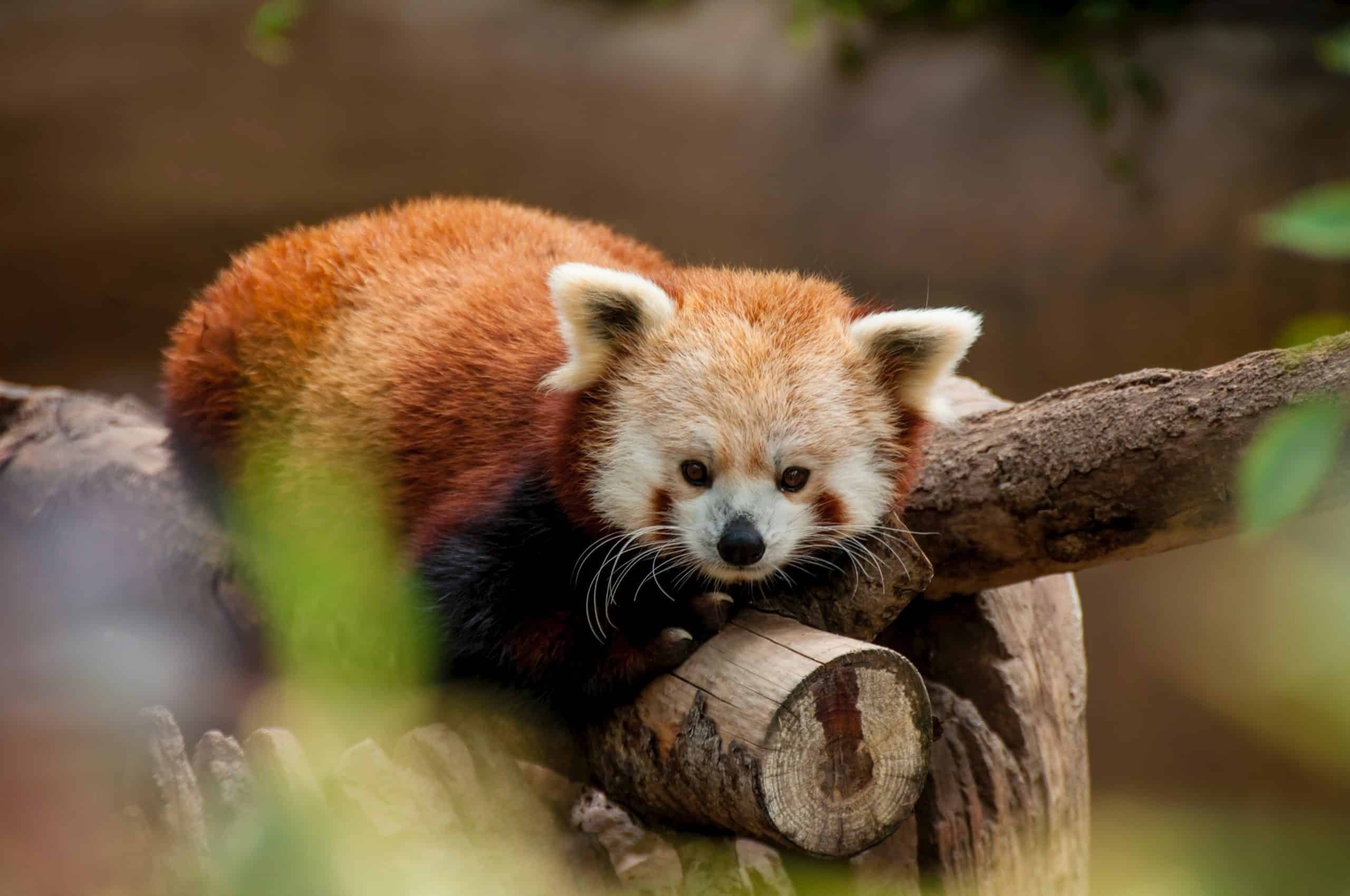
Ever wondered about the adorable creatures that seem to have tumbled out of a storybook and into the forests of the Himalayas? Red pandas, with their fiery fur and mask-like facial markings, are nature's marvels that continue to enchant wildlife enthusiasts and casual observers alike. But what makes these critters so fascinating? From their diet to their unique behaviors, there's a lot to uncover about these elusive mammals. Did you know that red pandas are the only living members of their animal family, Ailuridae? Or that their love for bamboo rivals that of the giant pandas, despite not being closely related? Let's dive into the world of red pandas and discover 20 facts that highlight why these animals are so extraordinary. Get ready to be amazed by the quirks and charms of these forest dwellers!
Key Takeaways:
- Red pandas are unique creatures with striking red fur and bushy tails. They face threats like habitat loss and climate change, but conservation efforts and public support can help ensure their survival.
- Red pandas play a vital role in their ecosystems and cultures. Conservation initiatives, responsible ecotourism, and public awareness are crucial for protecting these enchanting animals and their natural habitat.
What Are Red Pandas?
Red pandas, often mistaken for raccoons or bears, are unique creatures belonging to their own family, Ailuridae. Native to the eastern Himalayas and southwestern China, these animals are known for their striking red fur and bushy tails. Despite their name, red pandas share only a distant relation with giant pandas, connected through their mutual love for bamboo.
-
Red pandas are the only species in their genus, Ailurus. This sets them apart from virtually every other mammal, highlighting their unique evolutionary path.
-
Unlike their giant panda cousins, red pandas use their long, bushy tails for balance and warmth, wrapping them around their bodies like a cozy blanket during chilly Himalayan nights.
Red Pandas' Diet and Habitat
Red pandas spend most of their lives in trees and are most active during the twilight hours of dawn and dusk. Their diet is primarily bamboo, but they also enjoy fruits, acorns, and occasionally insects and small mammals.
-
Bamboo makes up about 98% of a red panda's diet, but they must eat 2-4 pounds of it daily to meet their energy needs due to the low caloric content of bamboo.
-
These animals have a false thumb, which is actually an extended wrist bone, helping them grasp bamboo stalks and branches.
Threats to Red Pandas
Despite their adorable appearance, red pandas face numerous threats that have led to a decline in their population. Habitat loss, poaching, and the illegal pet trade are significant challenges they encounter.
-
Less than 10,000 red pandas are believed to exist in the wild, classifying them as endangered species.
-
Climate change poses a new threat, altering the bamboo forests that red pandas depend on for survival.
Conservation Efforts for Red Pandas
Conservation groups worldwide are working tirelessly to protect red pandas and their natural habitat. Efforts include habitat restoration, anti-poaching patrols, and community education programs.
-
Nepal has established several protected areas that are home to significant populations of red pandas, showcasing successful conservation in action.
-
The Red Panda Network is a notable organization dedicated to the conservation of red pandas and their habitat through community-based initiatives.
Red Pandas in Culture
Red pandas hold a special place in the cultures of the Himalayan region. They are often featured in folklore and are a symbol of the need to live in harmony with nature.
-
In Bhutan, red pandas are considered good luck, and spotting one is believed to bring joy and prosperity.
-
The animated movie "Kung Fu Panda" features a red panda character named Master Shifu, who has helped raise awareness and affection for these animals worldwide.
Unique Behaviors of Red Pandas
Red pandas exhibit several unique behaviors that endear them to wildlife enthusiasts. From their solitary nature to their playful antics, these creatures are a joy to observe.
-
Red pandas communicate using body language and a variety of sounds, including whistles, twitters, and huff-quacks.
-
They are excellent climbers and can descend trees headfirst, thanks to their flexible ankle joints.
-
During the mating season, red pandas can be seen engaging in playful behaviors, such as somersaulting and sliding down trees.
The Future of Red Pandas
Efforts to protect red pandas and their habitat are ongoing, but their future remains uncertain. Continued support for conservation initiatives and sustainable practices is vital for their survival.
-
Ecotourism, when conducted responsibly, can provide a sustainable income source for local communities while raising awareness about red panda conservation.
-
Advances in technology, like satellite tracking and camera traps, are improving our understanding of red panda behavior and distribution, aiding in their conservation.
-
Global cooperation is essential, as red pandas' habitat spans several countries, requiring a coordinated approach to their protection.
-
Public education and awareness campaigns are crucial for generating support for red panda conservation efforts.
-
Zoos around the world participate in breeding programs to help ensure a future for red pandas, educating visitors about these enchanting creatures.
-
Red panda-themed merchandise can be a fun way to support conservation efforts, with many organizations offering items whose proceeds go directly to red panda protection.
-
Finally, adopting a red panda through a conservation organization is a meaningful way to contribute to their survival, offering a direct link to the ongoing efforts to save these beautiful animals from extinction.
A Final Glimpse at Nature's Marvels
Red pandas, with their fiery fur and playful antics, stand out as one of nature's most enchanting creatures. These facts not only highlight their unique characteristics but also underscore the urgent need for conservation efforts. From their diet of bamboo to their solitary nature and the threats they face, every detail about red pandas is a reminder of the delicate balance in our ecosystems. Engaging with this knowledge, we're not just learning about an adorable species; we're becoming part of a global conversation on biodiversity and conservation. Let's carry forward this awareness, advocating for the habitats that nurture such incredible life forms. Remember, every effort counts in ensuring that future generations will also be captivated by the charm of the red panda.
Frequently Asked Questions
Was this page helpful?
Our commitment to delivering trustworthy and engaging content is at the heart of what we do. Each fact on our site is contributed by real users like you, bringing a wealth of diverse insights and information. To ensure the highest standards of accuracy and reliability, our dedicated editors meticulously review each submission. This process guarantees that the facts we share are not only fascinating but also credible. Trust in our commitment to quality and authenticity as you explore and learn with us.


